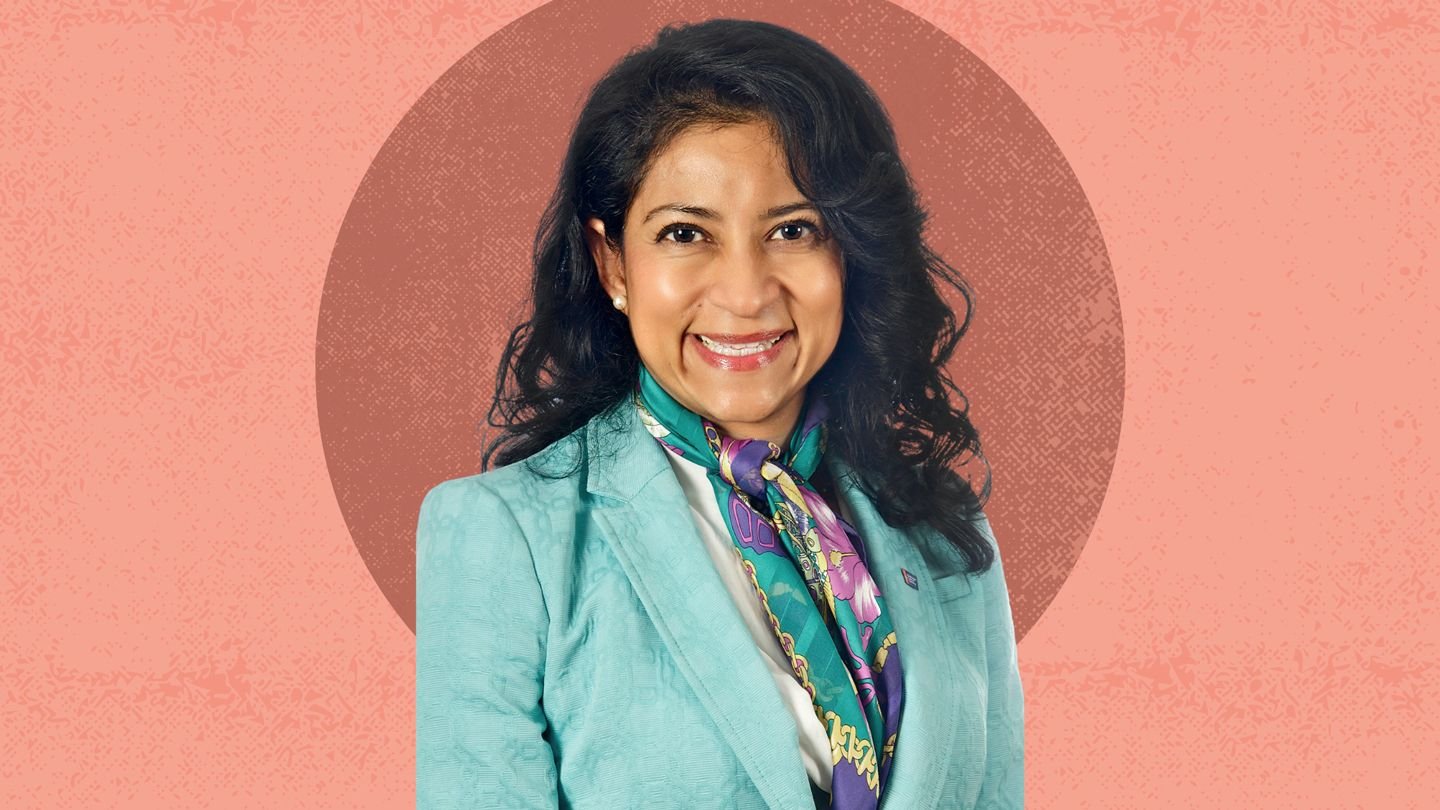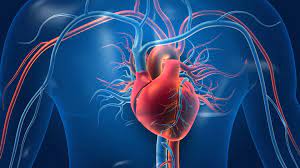Lung cancer is a significant global health concern that affects millions of lives each year. Its impact is particularly profound in hard-hit communities where access to healthcare, information, and resources is limited. Efforts to reduce the burden of lung cancer on these vulnerable populations are crucial and require a multifaceted approach that addresses both prevention and treatment. In this article, we will delve into the challenges faced by these communities and explore the initiatives aimed at mitigating lung cancer’s impact.
Understanding Lung Cancer Disparities
Disproportionate Burden on Vulnerable Communities
Hard-hit communities, often characterized by low socio-economic status, limited access to quality healthcare, and environmental factors, experience a disproportionate burden of lung cancer. These factors contribute to a higher prevalence of risk factors such as smoking, exposure to pollutants, and inadequate healthcare infrastructure.
Barriers to Early Detection
Early detection of lung cancer is pivotal for successful treatment outcomes. However, many hard-hit communities face barriers like lack of awareness, cultural stigma, and inadequate screening programs. As a result, lung cancer is often diagnosed at later stages, limiting treatment options and reducing survival rates.
Multifaceted Approach to Reduce Impact
Raising Awareness and Education
Culturally Tailored Campaigns
Implementing awareness campaigns that are culturally sensitive can help break down barriers in hard-hit communities. These campaigns should address language barriers, cultural beliefs, and dispel myths surrounding lung cancer.
School and Community Workshops
Educational workshops in schools and community centers can provide vital information about the risks of smoking, environmental pollutants, and early symptoms of lung cancer. Empowering individuals with knowledge is key to prevention and early detection.
Improving Access to Healthcare
Mobile Clinics and Telemedicine
Bringing healthcare services directly to these communities through mobile clinics can bridge the accessibility gap. Additionally, telemedicine services can connect individuals with healthcare professionals, enabling remote consultations and follow-ups.
Affordable Treatment Options
Ensuring affordable treatment options, including medication, therapies, and medical equipment, is essential for making lung cancer care feasible for individuals in hard-hit communities.
Advocating for Policy Changes
Stricter Tobacco Control
Implementing and enforcing stringent tobacco control policies can significantly reduce smoking rates. This includes increasing taxes on tobacco products, restricting advertising, and creating smoke-free public spaces.
Environmental Regulations
Addressing environmental factors like air pollution can contribute to reducing the risk of lung cancer. Advocacy for stricter environmental regulations can help improve air quality in hard-hit areas.
Collaborative Research Efforts
Community-Engaged Research
Engaging with the community in research efforts can help tailor interventions to their specific needs. This collaborative approach ensures that strategies are effective and well-received.
Clinical Trials and Treatment Innovation
Including individuals from hard-hit communities in clinical trials can improve the diversity of data and lead to more effective treatments that resonate with different populations.
Conclusion
Lung cancer’s impact on hard-hit communities is a complex issue that requires a comprehensive approach. By raising awareness, improving healthcare access, advocating for policy changes, and fostering collaborative research efforts, we can work towards reducing the burden of lung cancer in these vulnerable populations. Through these initiatives, we can empower individuals, save lives, and create a healthier future for everyone.








